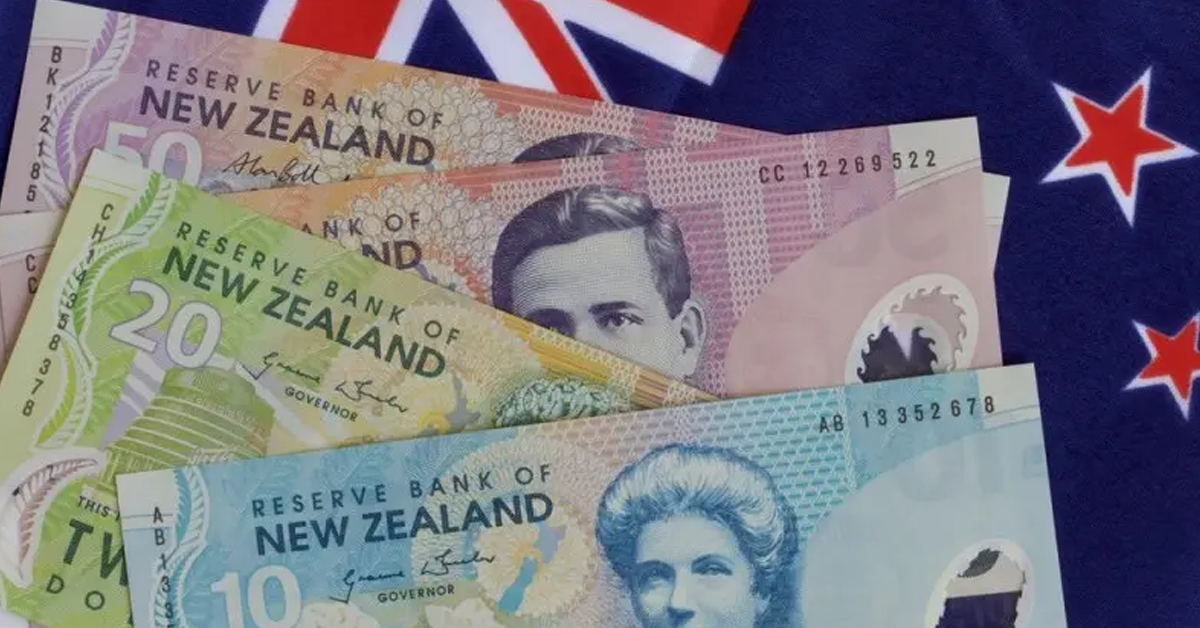New Zealand Dollar Hits Seven-Week Low After RBNZ Cuts Interest Rate by 50 bps
The New Zealand Dollar (NZD) has dropped to its lowest level since mid-August, following the Reserve Bank of New Zealand’s (RBNZ) decision to cut the Official Cash Rate (OCR) by 50 basis points, lowering it from 5.25% to 4.75% at the October meeting. As anticipated, the move led to immediate selling pressure on the Kiwi. Additionally, the lack of new stimulus measures from Chinese officials has added to the NZD’s decline, as China remains a major trading partner for New Zealand.
Looking ahead, market participants will focus on the Federal Open Market Committee (FOMC) Minutes release later on Wednesday, followed by Thursday’s US Consumer Price Index (CPI) data for September. If inflation comes in softer than expected, it could weigh on the USD and provide some relief for the NZD/USD pair.
Market Movers: New Zealand Dollar Remains Weak Post-RBNZ Decision
The RBNZ’s Monetary Policy Statement (MPS) indicated that the annual consumer price inflation is within the target range of 1-3%. The decision to cut the OCR by 50 basis points aims to maintain low and stable inflation while avoiding instability in output, employment, interest rates, and exchange rates.
In the US, Federal Reserve Vice Chair Philip Jefferson noted that the Fed’s September 50 bps rate cut aimed to support the labor market while inflation eases. However, despite progress, inflation has not yet met target levels, according to Atlanta Fed President Raphael Bostic. New York Fed President John Williams also backed the recent rate cuts, signaling the possibility of additional cuts later this year.
Technical Analysis: NZD/USD Faces Downward Pressure
The New Zealand Dollar remains under pressure, continuing its downtrend against the US Dollar. The pair has fallen below the key 100-day Exponential Moving Average (EMA) and is nearing a break below the ascending trend channel on the daily chart. This bearish momentum is supported by the 14-day Relative Strength Index (RSI), which is sitting below the midline at 41.10, favoring sellers in the short term.
A decisive break below the lower boundary of the trend channel at 0.6135 could open the door to the 0.6000 psychological level. If the pair sustains trading below this level, it could test 0.5974, the low from August 15.
On the upside, immediate resistance is seen at the 100-day EMA, around 0.6142. If the NZD/USD pair can push higher, it may target 0.6254, the high from September 6. Further gains could aim for the round figure of 0.6300, with the upper limit of the trend channel at 0.6365.











